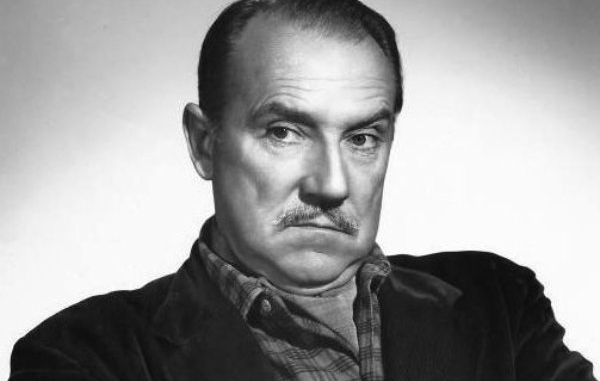
Gale Gordon, best remembered for his unforgettable roles in classic American sitcoms, especially I Love Lucy, remains a towering figure in the world of television comedy—even decades after his passing in 1995. While he is no longer active, his influence is deeply embedded in the DNA of modern television. For those exploring the legacy and current relevance of classic TV icons, understanding Gale Gordon’s career trajectory offers rich insight into the craft of performance, comedic timing, and longevity in Hollywood.
Contents
- Gale Gordon’s Career Beginnings and Rise to Fame
- Gale Gordon in I Love Lucy: A Defining Role
- Gale Gordon’s Career After Lucy
- Gale Gordon’s Legacy in Modern Entertainment
- The Continuing Cultural Impact of Gale Gordon
- Honoring Gale Gordon Today
- Why Gale Gordon Still Matters
- What Young Actors Can Learn from Gale Gordon
- A Legacy Carved in Laughter
Gale Gordon’s Career Beginnings and Rise to Fame
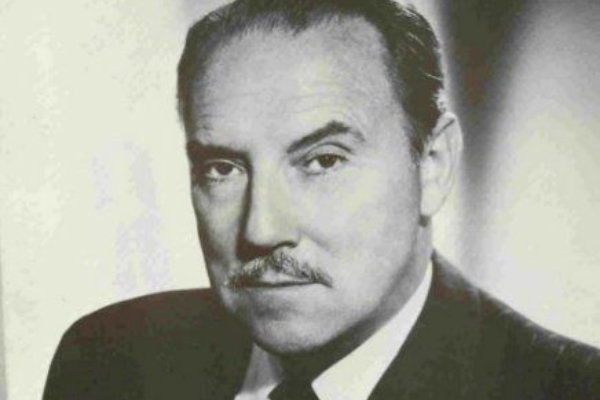
Born Charles Thomas Aldrich Jr. in 1906, Gale Gordon embarked on a career that would span over six decades. He began as a radio actor in the 1930s and gained acclaim for his distinctive voice and crisp diction. These qualities made him a natural choice for radio dramas and comedies alike. One of his earliest hits was Our Miss Brooks, where he played the stern Principal Osgood Conklin—a character archetype he would come to perfect.
It wasn’t long before Gordon’s talents transitioned to television, a move that would bring him iconic roles and household fame. His breakthrough in TV came through his longstanding partnership with Lucille Ball.
Gale Gordon in I Love Lucy: A Defining Role
Gale Gordon’s involvement with Lucille Ball began even before I Love Lucy, during the radio show My Favorite Husband. When I Love Lucy became a national phenomenon, Gordon was tapped to play various roles, though he did not originally star as a regular due to other commitments.
However, his lasting mark on the Lucille Ball universe came through the shows that followed: The Lucy Show, Here’s Lucy, and Life with Lucy. In these series, Gordon became a staple, portraying characters like the uptight banker Theodore J. Mooney. His chemistry with Ball was electric—his signature exasperated expressions and over-the-top reactions provided the perfect foil to her slapstick genius.
While his roles were often those of the “grumpy boss” or “annoyed authority figure,” Gordon infused each part with depth, warmth, and razor-sharp timing. He became a master of the comedic “slow burn,” with each explosion of frustration being both hilarious and endearing.
Gale Gordon’s Career After Lucy
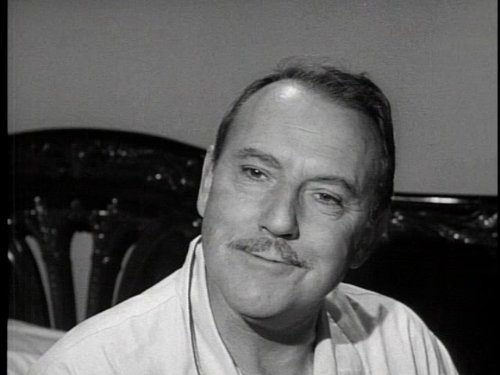
After Life with Lucy aired in 1986, Gale Gordon gradually stepped away from the screen. Yet, his presence lingered. He made guest appearances in shows like Hi Honey, I’m Home! and even took part in special tributes to Lucille Ball. While he did not pursue film roles heavily, his work on television had already secured his place in entertainment history.
His retirement years were spent quietly on his ranch in California, but Gordon’s name continued to be mentioned with reverence by those in the industry. He was the quintessential “actor’s actor,” known for his professionalism, punctuality, and generosity to co-stars.
Gale Gordon’s Legacy in Modern Entertainment
Today, Gale Gordon is viewed as a pioneer of television comedy. His character work and the archetype he crafted have inspired generations of actors. Characters like Ron Swanson in Parks and Recreation, Mr. Feeny in Boy Meets World, or even Sheldon Cooper in The Big Bang Theory can trace comedic lineage to the kind of roles Gordon perfected—authority figures with unexpected comedic layers.
Streaming platforms like Paramount+ and Amazon Prime Video have revived classic series, bringing Gordon’s performances to a new generation of viewers. His episodes of The Lucy Show and Here’s Lucy are especially popular, drawing admiration for their timeless humor.
Moreover, acting schools often use his scenes in workshops to teach comedic rhythm, escalation, and non-verbal expression. Gale Gordon is not just remembered; he is studied and emulated.
The Continuing Cultural Impact of Gale Gordon
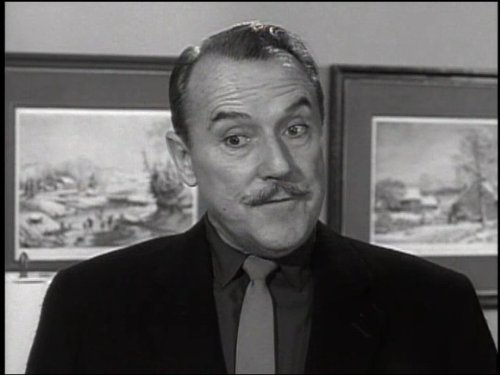
Despite the passage of time, Gale Gordon’s work continues to resonate because he was more than just a side character—he was a crucial part of the comedic ecosystem that made shows like I Love Lucy enduring classics. His performances were consistent, layered, and never overshadowed the lead; instead, they elevated every scene.
Gordon’s signature voice, fiery expressions, and perfect timing created a comedic blueprint for supporting actors. He understood that being “the straight man” wasn’t about being dull—it was about controlling the rhythm of the scene, setting up punchlines, and reacting in ways that made the audience feel like they were in on the joke.
Honoring Gale Gordon Today
In recent years, fan communities have renewed their appreciation for Gordon. Blogs, YouTube retrospectives, and even TikTok compilations celebrate his best moments. Whether it’s his signature “Mooney yell” or his flustered double-takes, Gale Gordon’s work continues to generate laughter and admiration.
Television museums and pop culture retrospectives have also begun including more extensive coverage of his work. The Paley Center for Media, for example, regularly features episodes showcasing Gordon’s brilliance. Several film and television historians have called for a posthumous Emmy recognition or lifetime achievement tribute to acknowledge his contribution to the golden age of television.
Why Gale Gordon Still Matters
While the landscape of television has changed dramatically since Gale Gordon’s heyday, the fundamentals of great comedy remain the same—and Gordon exemplified those fundamentals. His talent for making frustration funny, for delivering every line with impeccable timing, and for playing off dynamic leads without stealing the spotlight, makes his work a masterclass for any aspiring actor.
More importantly, he brought warmth and gravitas to the often-thankless role of comedic support. In doing so, he became unforgettable. Whether you’re discovering Gale Gordon for the first time or revisiting his work with nostalgia, one thing remains clear: his impact on the entertainment industry is indelible—and gloriously hilarious.
What Young Actors Can Learn from Gale Gordon
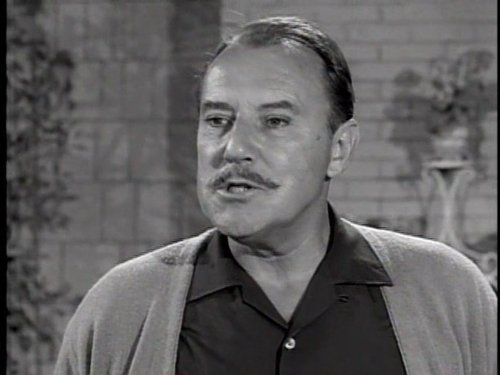
In today’s fast-paced entertainment industry, young performers often chase viral fame or momentary popularity. However, Gale Gordon’s career stands as a reminder that longevity is built on professionalism, consistency, and deep respect for the craft. He didn’t rely on gimmicks or trend-chasing; instead, he built a reputation for being dependable, prepared, and extraordinarily skilled in his niche.
Aspiring actors studying Gordon’s work can learn how to:
-
Play the straight man with presence: Gordon showed that even the “foil” in a comedy duo can be scene-stealing when done right.
-
Perfect timing and rhythm: His performances offer lessons in comic pacing—how to hold a beat, deliver a line, and react with precision.
-
Build a career on collaboration: Gordon’s recurring partnerships, especially with Lucille Ball, highlight the value of strong creative chemistry.
Gordon’s career path reinforces the truth that supporting roles, when delivered with heart and craft, often become the most memorable.
A Legacy Carved in Laughter
Gale Gordon may no longer walk the sets of Hollywood, but his influence continues to echo across decades. He didn’t just perform in sitcoms—he helped shape them. He didn’t just support leading stars—he enhanced their brilliance. In doing so, he ensured that his place in television history would be secure, not just as a performer, but as a cornerstone of American comedy.
As modern audiences rediscover the joy of classic TV and younger generations find their way to shows like The Lucy Show and Here’s Lucy, Gordon’s comedic genius is experiencing a quiet but powerful renaissance. His work is not just nostalgia—it’s a living blueprint of how to bring charm, wit, and technical brilliance to the screen.
To watch Gale Gordon is to witness the height of sitcom artistry. And in every yell, sigh, and perfectly timed eye-roll, you’ll find proof that true talent is timeless.

Leave a Reply